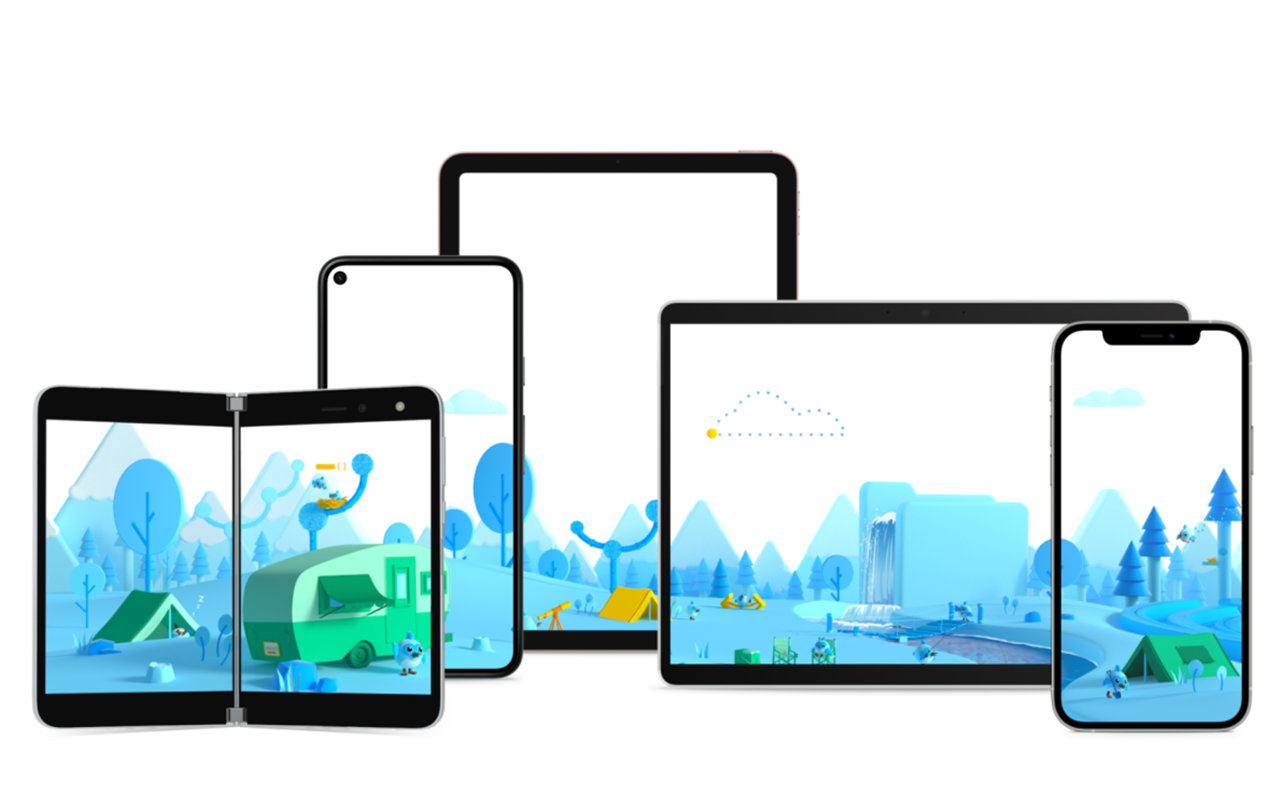This article is by Stratpoint Mobile Group Head Paolo Alcabao, based on his session entiled “Finding Flutter: Our Cross-Platform Journey” in Flutter Engage: Extended Philippines on March 31, 2021.
Humans are always in search of something faster and better, especially when it comes to technology. It’s a never ending search for the Holy Grail, a silver bullet. While we are speaking in the language of high fantasy, to me as a developer, the Holy Grail can be having a machine (or a genie) that builds whatever features I wish through verbal command. But for now, I just want something that can help make the work of my team easier and improve the quality of our output.

Custom Software Development for Unique Business Needs
Custom software development offers tailored solutions that align with your business goals, providing greater flexibility, enhanced security, and long-term cost savings. Custom-built software addresses specific pain points and helps businesses thrive.



